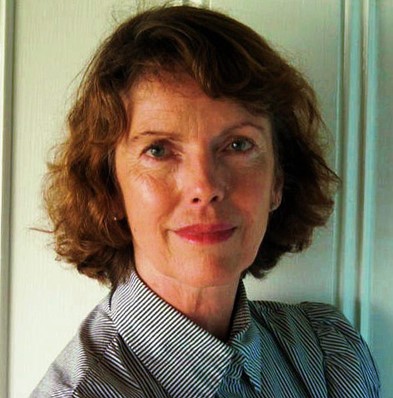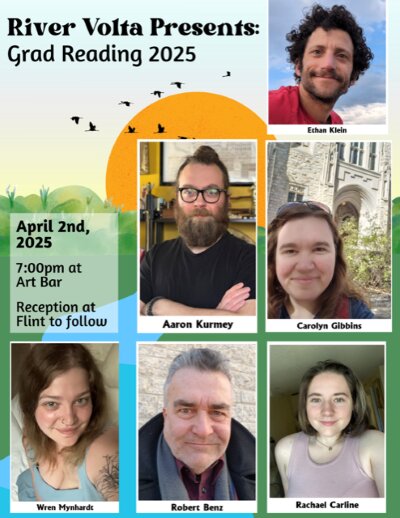
Student Intern Kyle Jansen Covers Writing North 2025 Feature Talk
Writing North 15; Jane Urquhart’s Prairie Rumours By Kyle Jansen
Writing North was hosted in 2025 by the University of Saskatchewan and the Saskatchewan Writers’ Guild, at St. Andrew’s College in Saskatoon. The featured talk, “Prairie Rumours,” was given by author Jane Urquhart, whose presentation dug into some of the inspirations for her 2024 novel In Winter I Get Up at Night. In addition to being longlisted for the 2024 Giller Prize, In Winter I Get Up at Night was chosen to be among Indigo’s Most Anticipated Books, is the Winnipeg Free Press’s Best Fiction Book of the Year, received the award for Globe and Mail’s Best Book of the Year, and is also an international bestseller. Her presentation detailed people’s remembered stories and childhood rumours, hinting at how she wove together fictional and historical events that led to the book’s setting on the prairies of Saskatchewan.
So, how does a storied rumour become whole? According to Urquhart, a rumour's beginning greatly depends upon the teller and their place in time. She told the audience that her uncles and mother were the unsung heroes of fiction in how they understood that a story changes to suit the purposes of the story. While Urquhart’s novel is deeply rooted in extensive research of the history of the people of the prairies, many threads within it are inspired by the rumours and tales within her family-made patchwork quilt. Regarding the origins of these stories, Urquhart pondered whether she should start with the Quinn family (with two n’s, because that is important to a Quin) arriving in Saskatchewan during the late 19th or early 20th century, a family who loved telling ancestral tales after dinner? What about Urquhart’s mother, a gifted storyteller specializing in embellishment, who lived with far less fear of talking than Urquhart’s grandmother? Clearly, Urquhart recognizes that some of the greatest fiction comes in the form of loosely woven family lore. And what does it matter if the story of a tornado that picked up an old lady, whose name may or may not have been Jane Quinn, and transported her three sections west isn’t completely faithful to reality? How much value should be put upon the origins of any story when, according to the teller, it’s all truth with just a hint of artistic hyperbole? Maybe it’s less that the origins matter, and more that people want to hear these stories over and over again, following these never-ending lines of thread.
It's comforting when Urquhart confirms that what is important is how these mythological cycles are kept alive by being told repeatedly, how they are shaped by our consciousness of narrative. I cannot deny the argument of Urquhart’s quote by Carol Shields, how they state there is no such thing as a boring life. Because life inspires art, and storytelling is the active form of living the past. The storyteller's desired purpose is not unlike a spinner, giving us stories to wear about our person to help define who we are while keeping us warm and protected. This is what is so beautiful about Urquhart’s patchwork of prairie rumours. Not simply how she weaves a tale, but showing us how she transforms her family’s verbal threads into fully woven stories, offering a warm blanket to read under in these cold Saskatchewan winters.

